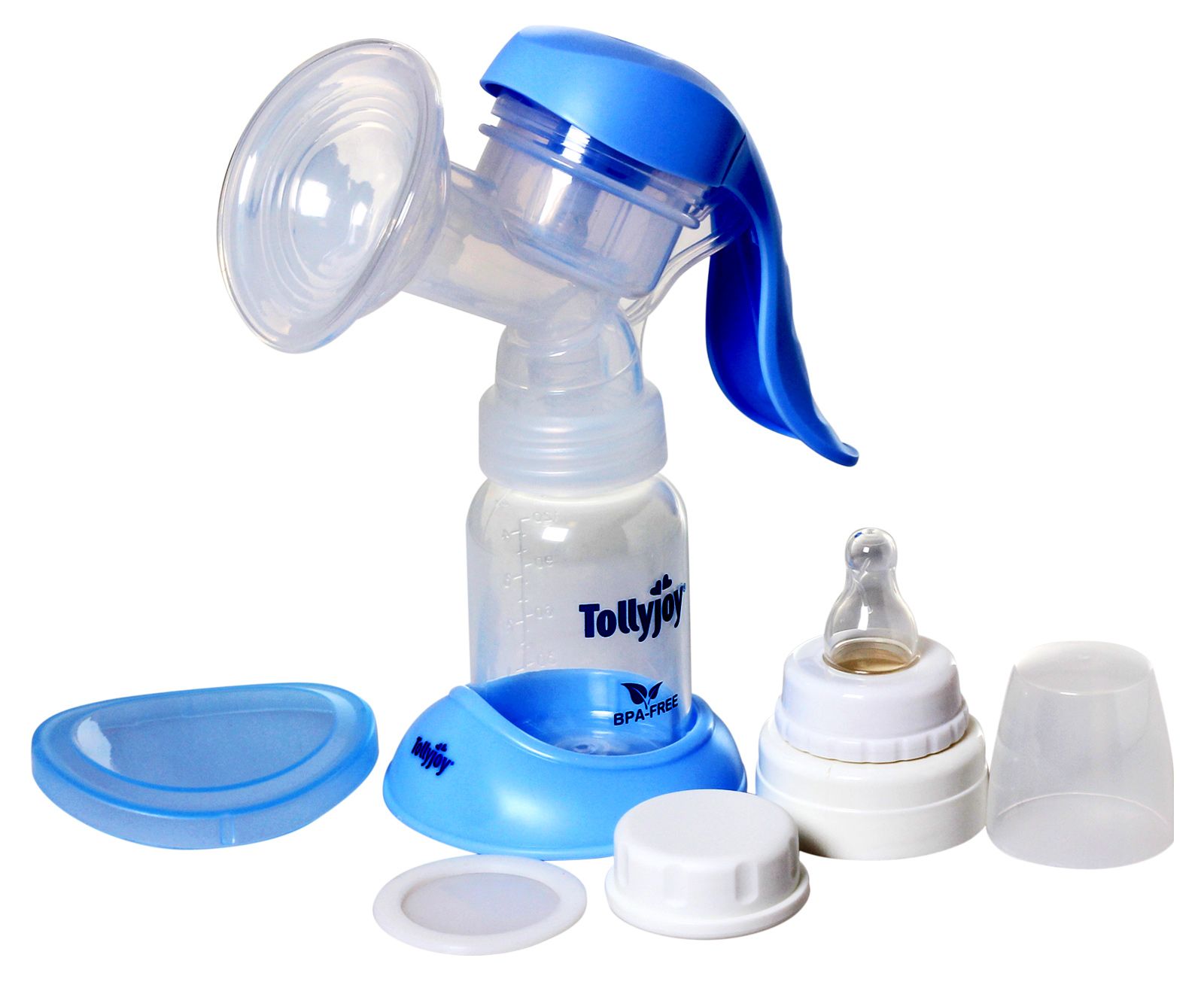What Are Nipple Protectors?
Nipple protectors are breastfeeding aids that help babies latch on to the breast more easily. They come in a variety of shapes and sizes, and mothers should choose the right one for their situation. Using a shield that isn’t appropriate can damage the nipple, so new mothers should always consult with a lactation consultant, breastfeeding counsellor or doctor who is a lactation expert to find the best nipple shield for their needs.
Some nipple shields are shaped like an extended nipple and give infants more surface area to latch on to, especially for those with flat or inverted nipples. Others have a cut-out at the base of the shield, which helps baby better take in the aroma and taste of the mother’s milk. The shields may also have a “dimple” at the end, which helps minimize friction and rubbing on the skin.
Babies are usually able to latch on to the nipple without a nipple shield if they have enough strength and skill, but many newborns struggle to latch on properly early on for various reasons. They may not be able to get enough breastmilk and are not growing as fast as they should. A nipple shield can help premature babies create suction and position the nipple in a way that allows them to latch on, while still allowing them to pause and breathe between feedings. A nipple shield can also increase the amount of milk that premature babies consume during nursing. Once they are stronger and have more ability to suck, nipple shields can be slowly weaned from use.
There are many situations where nipple shields can be used, including sore nipples, prematurity, oversupply and helping infants switch from bottle to breast (2). They can be found in stores and through healthcare providers, and some are covered by insurance or Medicaid, as well as federal programs such as WIC. Health professionals recommend that women try a few different shields before finding the one that works best for them.
A nipple shield should fit snugly over the nipple and areola, with little to no gap. It should be a little longer than the areola to prevent it from touching baby’s cheek, and it should fit deep into the nipple area. Before using it, the mother should rub a drop or two of breast milk on the inside of the shield. This can help prevent chafing, which is caused by friction between the nipple and the shield, and it can improve the seal of the shield on the breast so that milk flows freely (3).

